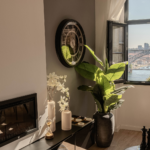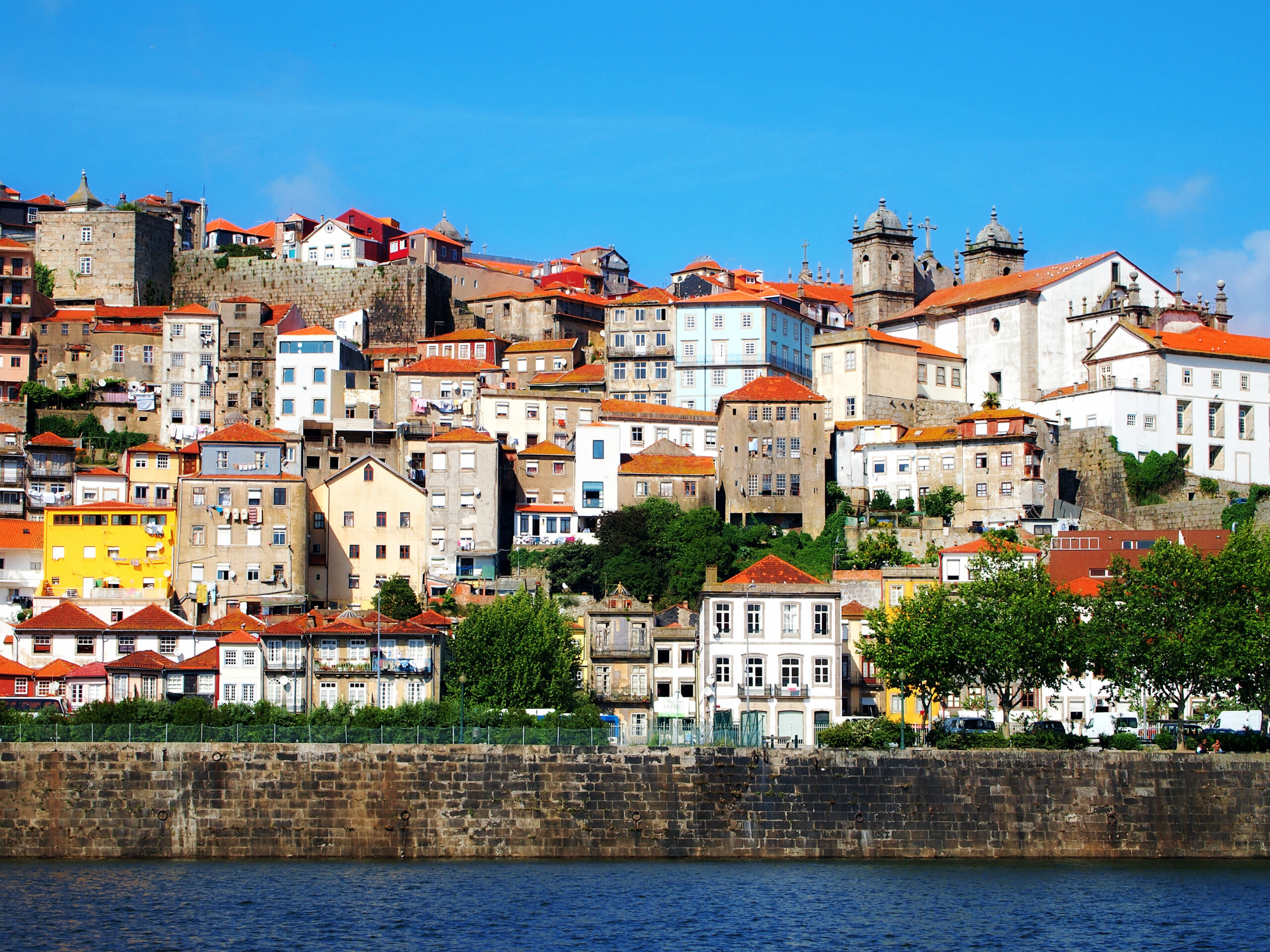
House prices rise by 30% in Porto after renovations
Novembro 14, 2024
Portugal sees house values grow by 13.7%
Abril 9, 2025Anticipating Demand and Price Trends in Bonfim and Fontainhas for 2025: An In-Depth Analysis
This article is an executive summary based on a collection of various articles from idealista and the Municipality of Porto.
The Bonfim and Fontainhas neighborhoods in Porto are poised for significant real estate growth in 2025, driven by their unique blend of historical charm and modern development.
These areas have become increasingly attractive to investors, tourists, and families due to their strategic location, cultural richness, and evolving infrastructure.
This article offers a comprehensive analysis of historical trends, current dynamics, and future projections to guide stakeholders in making informed decisions.
Historical Trends: Prices and Buyer Demographics (2021-2024)
Price Growth
From 2021 to 2024, Bonfim and Fontainhas experienced a steady rise in property prices. According to Idealista reports:
| Year | Average Price (€/m²) – Bonfim | Average Price (€/m²) – Fontainhas |
| 2021 | 2,750 | 2,600 |
| 2022 | 3,050 | 2,850 |
| 2023 | 3,400 | 3,200 |
| 2024 | 3,950 | 3,450 |
This represents a compounded annual growth rate (CAGR) of 9% for Bonfim and 10% for Fontainhas. Fontainhas’ slightly faster growth can be attributed to its proximity to the Douro River and panoramic views. Key drivers include a growing middle class, low-interest-rate environments, and Porto’s appeal as a top-tier living and investment destination.
The resurgence of tourism post-pandemic has further amplified these trends.
Shifts in Apartment Sizes and Preferences
In 2021, the average apartment size sold in these neighborhoods was approximately 55m². By 2024, demand shifted towards larger units averaging 70m²-75m², driven by families and people seeking spacious accommodations.
This trend aligns with urban planning policies encouraging efficient space utilization.
Diversifying Buyer Demographics
Once dominated by local buyers, Bonfim and Fontainhas now attract a broader range of investors, including:
• European expatriates from countries like France, Germany, and the UK, drawn by favorable tax policies and lifestyle appeal.
• Digital nomads leveraging Portugal’s remote work-friendly visa programs and affordable living costs.
• Golden Visa investors focusing on urban rehabilitation projects to meet visa requirements.
Factors Driving 2025’s Expected Growth
1. Infrastructure Development
Key projects include:
• Metro Lines Extension: Connecting Bonfim to Porto’s commercial districts, enhancing accessibility.
• Green Bonfim Project: Adding 10 hectares of parks and pedestrian pathways, appealing to families and outdoor enthusiasts.
• Fontainhas Riverfront Enhancements: Transforming the Ribeira Market and promenades into cultural and commercial hubs.
2. Housing Scarcity and Urban Renewal
The scarcity of new builds in Porto makes renovated properties in Bonfim and Fontainhas particularly attractive. Renovation permits in these areas increased by 25% in 2024, reflecting the growing demand for character-filled homes with modern amenities.
3. Rising Tourism and Short-Term Rentals
Fontainhas’ scenic appeal has spurred short-term rental demand, with Airbnb bookings rising by 20% from 2023 to 2024. However, this trend also pressures long-term housing availability and affordability, with rental costs increasing by 8% annually.
Price and Demand Projections for 2025
| Metric | 2024 (Actual) | 2025 (Projected) |
| Avg. Price (€/m²) – Bonfim | 3,950 | 4,350 |
| Avg. Price (€/m²) – Fontainhas | 3,450 | 3,800 |
| Avg. Apartment Size (m²) | 70-75 | 75-85 |
| International Buyers (%) | 35-40 | 40-45 |
Strategic Insights for Stakeholders
For developers:
• Focus on integrating historical preservation with modern conveniences.
• Prioritize features like river views, energy efficiency, and proximity to green spaces.
For Investors:
• Target larger units (75m²-85m²) catering to families and long-term tenants.
• Explore streets such as Rua da Alegria and Rua do Bonfim for high appreciation potential.
• Consider properties near Metro stations for premium rental yields.
For Homebuyers:
• Act quickly to secure properties before prices appreciate further.
• Seek homes with energy-efficient renovations to mitigate rising utility costs.
• Explore neighborhoods’ emerging areas for competitive pricing.
Conclusion
Bonfim and Fontainhas stand at the forefront of Porto’s real estate evolution. Strategic urban planning, increasing international interest, and robust tourism activity underpin their growth trajectory. For stakeholders, 2025 represents an opportune moment to capitalize on these neighborhoods’ transformative potential.




